Hospitals are facing incredible and novel challenges today as less complex care migrates out to the ambulatory setting. Hospitals are left to care for the most medically complex patients, requiring a higher degree of clinical expertise and care coordination and placing increased financial and operational pressure on inpatient care teams. This is further exacerbated by burnout among many hospital-based specialties, resulting in provider shortages and reconsideration of what constitutes a full-time provider.
But these factors are forcing hospital-based medical groups to redefine excellence in care. They require a new lens to clarify high-performing hospital-based services and to ensure an organization has the tools it needs to build and recognize best-in-class care.
At ECG, we help health systems and medical groups comprehensively define the value and quality of care offered by hospital-based providers in a manner that recognizes the full breadth of their day-to-day effort. We bring an objective lens and industry experience, helping medical groups and health systems navigate the evolving expectations of patients, providers, and health system leaders.
When we are asked to assist with hospital-based service line planning, we go beyond staffing models and providers counts and pursue the root of optimized inpatient care.



